Pharmaceutical Excipients and their uses, Definition, role, application, function, list, type, regulation of pharmaceutical excipients, Innovations and future trends in excipient use.
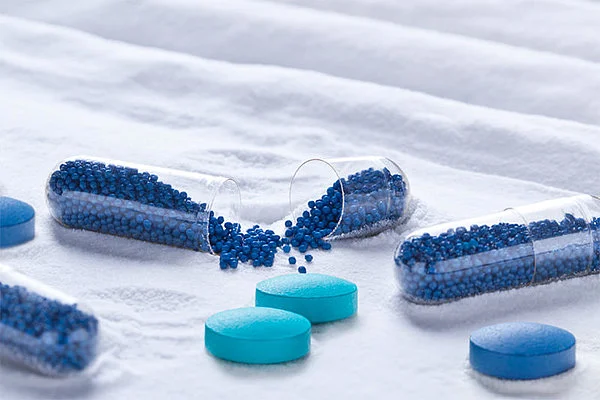
When most people think of medications, they focus solely on the active ingredients – those vital components that treat, manage, or prevent an illness or condition. Yet, every tablet, capsule, or syrup we consume is home to a host of unsung heroes known as pharmaceutical excipients.
Pharmaceutical Excipients are inactive however play a crucial role in drug delivery and effectiveness. it uses as fillers, binders, coatings, disintegrants, and more, excipients ensure that drugs are stable, absorbed correctly, and safe for consumption.
Understanding pharmaceutical excipients is pivotal to appreciating the complexity of drug formulation and the future of personalized medicine.
What are Pharmaceutical Excipients?
Definition of Pharmaceutical Excipients
Pharmaceutical excipients are substances that are included in a medication, apart from the active pharmaceutical ingredient (API). These substances are not intended to have direct pharmaceutical activity but play critical roles in the drug delivery process, making them indispensable to the ultimate efficacy of the medication.
Pharmaceutical Excipients and their uses
The role of pharmaceutical excipients lies beyond merely being inactive fillers or binders. They provide critical functionalities that greatly influence the safety, effectiveness, and delivery of the drug to the body. These functionalities range from enhancing solubility and bioavailability to controlling drug release rate, providing stability, improving the taste, and enhancing the physical appearance of the medication.
- Used as a Inactive fillers or diluents
- Used as a binders
- Used as a disintegrants
- Used as a lubricants
- Used as a coating material
- Enhancing solubility
- Enhancing bioavailability
- Controlling drug release rate
- Providing stability
- Improving the taste and swallowability
- Enhancing the physical appearance and aesthetic appeal
Pharmaceutical excipients serve several specific roles in medication formulation. They can act as binders, holding the ingredients together; diluents, providing bulk to the medication; disintegrants, aiding in the breakdown of the medication for absorption in the body; lubricants, preventing adhesion to the equipment during manufacturing; and coatings, improving taste and swallowing characteristics.
Apart from serving specific roles, excipients majorly contribute to the dose form of the medication, whether it’s in tablet, liquid, or injectable form, and to the taste preference, swallowability, and aesthetic appeal of the medication, significantly boosting medication adherence in patients, particularly in pediatric and geriatric populations.
List of pharmaceutical excipients and their uses
Pharmaceutical Excipients and their uses
| Pharmaceutical excipients | Their uses /application/role/function |
|---|---|
| Diluent or filler | |
| Microcrystalline cellulose | Diluent or filler for tablet and capsule, Adsorbent; suspending agent; tablet disintegrant same as cellulose |
| Lactose hydrous, anhydrous Lactose, monohydrate Lactose, spray dried Lactose | Diluent or filler for Tablet, Capsule and dry-powder inhalers; Lyophilization aid; Lactose anhydrous binding agent; |
| Starch pregelatinized | Tablet and capsule diluent; tablet and capsule disintegrant; tablet binder.( starch , potato, corn , wheat, rice) combine all the starches |
| Dibasic Calcium Phosphate, Tribasic calcium phosphate | Tablet and capsule diluent, Anticaking agent; buffer, nutrient; dietary supplement; glidant; tablet and capsule diluent and clouding agent( for calium phosphage tribasic) |
| Mannitol | Tablet and capsule diluent; Sweetening agent; tonicity agent; vehicle (bulking agent) for lyophilized preparations |
| Starch | Glidant; tablet and capsule diluent; tablet and capsule disintegrant; tablet binder.( starch , potato, corn , wheat, rice) combine all the starches |
| Sucrose | tablet and capsule diluent; granulating agent; sugar coating adjunct; suspending agent; sweetening agent; viscosity-increasing agent. |
| Magnesium carbonate, Calcium carbonate | Tablet and capsule diluent |
| Magnesium oxide | Tablet and capsule diluent |
| Calcium hydrogen phosphate dihydrate | Tablet and capsule diluent |
| Disintegrants | |
| Sodium starch glycolate | Tablet and capsule disintegrant |
| Cellulose derivatives | Tablet and capsule disintegrant, |
| Starch | Tablet and capsule disintegrant, |
| Sodium crossmellose | Tablet and capsule disintegrant, |
| Crosspovidone | Tablet and capsule disintegrant, |
| Carboxymethylcellulose calcium | Stabilizing agent; suspending agent; tablet and capsule disintegrant; viscosity-increasing agent; water-absorbing agent |
| Citric acid | Disintegrant |
| Binders | |
| Hydroxyl propyl methyl cellulose (HPMC) | Coating agent; film-former; rate-controlling polymer for sustained release; stabilizing agent; suspending agent; tablet binder; viscosity-increasing agent. |
| Hypromellose | Coating agent; film-former; rate-controlling polymer for sustained release; stabilizing agent; suspending agent; tablet binder; viscosity-increasing agent. |
| Povidone or PVP | Disintegrant; dissolution aid; suspending agent; tablet binder. |
| Hydroxy propyl cellulose (HPC) | Coating agent; emulsifying agent; stabilizing agent; suspending agent; tablet binder; thickening agent; viscosity-increasing agent. |
| Corn starch, Sodium starch | Binder |
| Candelilla wax | Binder |
| Sodium alginate, Alginate | Stabilizing agent; suspending agent; tablet and capsule disintegrant; tablet binder; viscosity-increasing agent. |
| Copolyvidone | Film-former; granulating agent; tablet binder |
| Polyethylene oxide | Mucoadhesive; tablet binder; thickening agent. |
| Lubricants | |
| Magnesium stearate | Tablet and capsule lubricant |
| Sodium lauryl sulfate | Anionic surfactant; detergent; emulsifying agent; skin penetrant; tablet and capsule lubricant; wetting agent |
| Sodium stearyl fumarate | Tablet and capsule lubricant. |
| Calcium stearate | Tablet and capsule lubricant |
| Castor oil hydrogenated | Extended release agent; stiffening agent; tablet and capsule lubricant |
| Glidant | |
| Colloidal silicone dioxide | Adsorbent; anticaking agent; emulsion stabilizer; glidant; |
| Talc | Anticaking agent; glidant; tablet and capsule lubricant. |
| Film Coating material | |
| Hydroxyl propyl methyl cellulose (HPMC) | Coating agent; film-former; rate-controlling polymer for sustained release; stabilizing agent; suspending agent; tablet binder; viscosity-increasing agent. |
| Hypromellose | Coating agent; film-former; rate-controlling polymer for sustained release; stabilizing agent; suspending agent; tablet binder; viscosity-increasing agent. |
| Opadry® | Film Coating material by Colorcon |
| Titanium dioxide | Coating agent; opacifier; pigment |
| PEG | Ointment base; plasticizer; solvent; suppository base; |
| Methyl cellulose, Ethyl Cellulose | Coating agent; flavoring fixative; tablet binder; tablet filler; viscosity-increasing agent. |
| Sodium carboxy methyl cellulose | Coating agent; tablet and capsule disintegrant; tablet binder; stabilizing agent; suspending agent; viscosity-increasing agent; water-absorbing agent |
| Gelatin | Coating agent; film-former; gelling agent; suspending agent; tablet binder; viscosity-increasing agent |
| Enteric Coating material | |
| EUDRAGIT® (Methacrylic acid copolymer) | Enteric Coating agent |
| HPMC Pthalate | Enteric Coating agent |
| Color | |
| Iron oxides or ferric oxide | Color |
| Iron oxide yellow | Color |
| Erythrosine Sodium | Color |
| Preservative | |
| Methyl paraben | Antimicrobial preservative |
| Butyl Paraben | Antimicrobial preservative |
| Propylene paraben | Antimicrobial preservative |
| Sorbic acid | Antimicrobial preservative |
| Benzyl Alcohol | Antimicrobial preservative; disinfectant; solvent |
| Sodium propionate | Antimicrobial preservative |
| Potassium sorbate | Antimicrobial preservative |
| Sodium benzoate | Antimicrobial preservative; tablet and capsule lubricant |
| Propylene glycol | Antimicrobial preservative; disinfectant; humectant; plasticizer; solvent; stabilizer for vitamins; water-miscible cosolvent. |
| Cetylpyridine chloride | Antimicrobial preservative; antiseptic; cationic surfactant; disinfectant; solubilizing agent; wetting agent |
| Plasticizer | |
| Glycerin | Emollient; humectant; plasticizer; solvent; sweetening agent; tonicity agent |
| Mineral oil | Emollient; lubricant; oleaginous vehicle; solvent |
| Triethyl citrate | Plasticizer |
| Triacetin | Humectant; plasticizer; solvent |
| Other Pharmaceutical excipients | |
| Carnuba wax | polishing agent |
| Polysorbate 80 | solubilizer |
| Polaxamer 407 or 188 or plain | Dispersing agent; emulsifying and coemulsifying agent; solubilizing agent; tablet lubricant; wetting agent. |
| Sodium chloride | Tonicity agent |
| Acacia | Emulsifying agent; stabilizing agent; suspending agent; tablet binder; viscosity-increasing agent |
| Glyceryl monooleate | Nonionic surfactant |
| Alginic Acid | Stabilizing agent; suspending agent; tablet binder tablet disintegrant; viscosity-increasing agent. |
| Aluminum Acetate | Antiseptic |
| Butylated Hydroxy Toluene | Antioxidant. |
| Calcium disodium EDTA | Chelation |
| Cysteine HCL | Reducing Agent |
| Disodium hydrogen phosphate | Buffering agent |
| Dimethicone | Antifoaming agent; emollient |
| Glycine | Tonicity |
| Glyceryl monostearate | Emollient; emulsifying agent; sustained-release ingredient; solubilizing agent; tablet and capsule lubricant stabilizing agent; |
| Glyceryl behenate | Coating agent; tablet binder; tablet and capsule lubricant |
| Potassium bicarbonate | Alkalizing agent; therapeutic agent |
| Phosphoric acid | Acidifying agent |
| Polyoxy140 stearate | Emulsifying agent; solubilizing agent; wetting agent |
| Sodium carbonate | Carbonating agent |
| Saccharin sodium | Sweetening agent |
| Silica gel | Adsorbant |
| Sorbiton monooleate | Solubilizer |
| Sodium metabisulfite | Antioxidant. |
| Sodium citrate dihydrate | Alkalizing agent; buffering agent; emulsifier; sequestering agent. |
| Succinic acid | Acidity |
Significance in Medication Formulation
Excipients are just as essential as the active ingredients in a drug. The careful selection and function of these excipients impact both the processability during manufacturing and the performance of a drug inside a human body. These can affect how quickly the drug is released, where in the body it is released, and how long it lasts. Considerations such as patient demographics, route of administration, and packaging needs also influence the choice of excipients.
Understanding Pharmaceutical Excipients: A Balance of Benefits and Challenges
Pharmaceutical excipients, though generally deemed safe, can occasionally lead to adverse reactions. Factors such as age, health status, and potential allergic triggers necessitate their careful selection. Striking a balance between desired drug performance, patient compatibility and cost considerations is therefore pivotal when utilizing these excipients.
Their intricate role in drug formulation involves constant improvement and strict regulation, culminating in the development of innovative excipients to bolster drug delivery systems. By comprehending excipients’ roles and functionalities, we pave the way for increased medication safety and efficacy, ultimately improving patient compliance and overall healthcare outcomes.
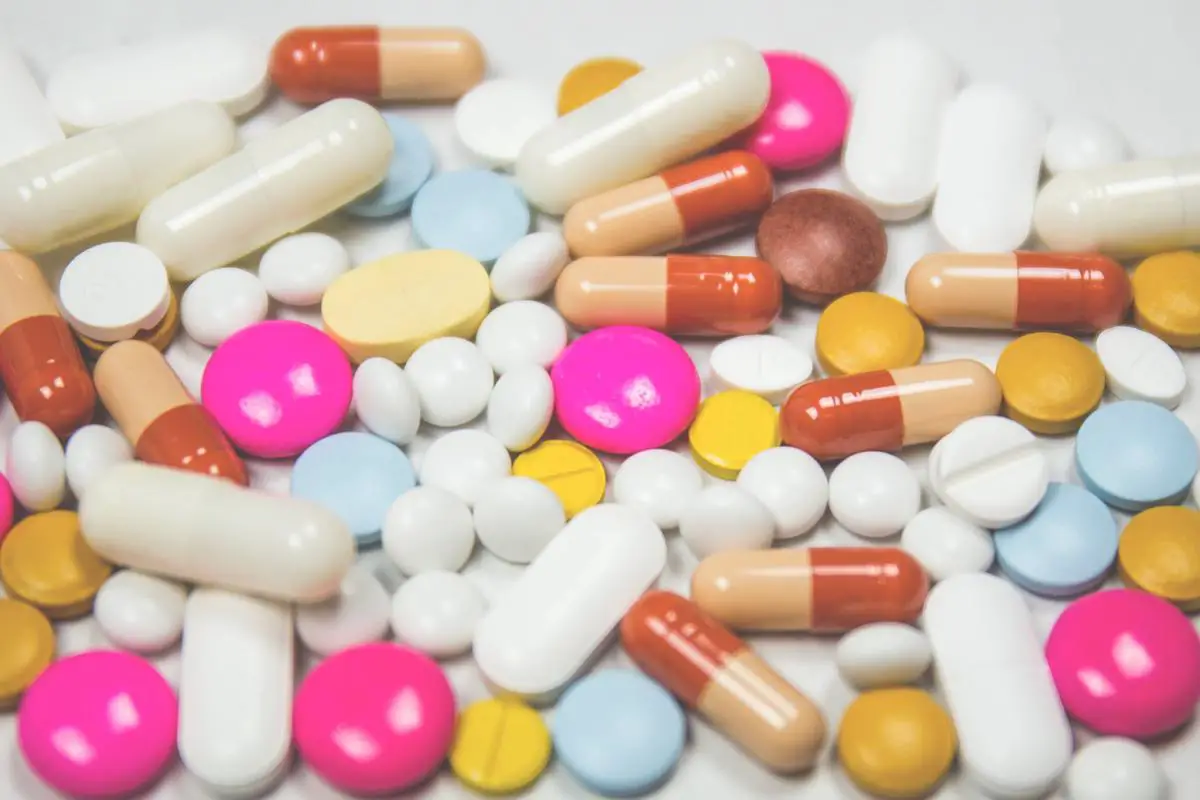
Types of Pharmaceutical Excipients
Pharmaceutical Excipients: Playing a Key Role in Drug Delivery
A critical aspect of the pharmaceutical industry lies in the use of excipients. These substances, while inert and non-therapeutic themselves, are incorporated into drugs helping to deliver the active ingredients within our body in the most efficient manner. Excipients come in diverse types and each carries out a unique function in optimizing medicine administration.
Fillers or Bulking Agents
These substances are used to add volume to the medication for ease of ingestion and handling. Fillers are fundamentally used when the active ingredient is too small or too potent to be taken alone. Popular examples are lactose and microcrystalline cellulose. Lactose, derived from milk, is used due to its excellent compressibility properties, and microcrystalline cellulose has strong compact binding properties that make it ideal for solid dosage forms like tablets and capsules.
Binders
Binders are used to ensure the tablet or pill remains intact during the handling process. These are the “glue” that combines the active ingredient and other additives into a cohesive unit. Common binders include starch (Principal constituent of corn, wheat, and rice), cellulose derivatives, gelatin, and sugars.
Coating Agents
As the name suggests, coating agents are used to coat the tablets or capsules. They serve several purposes, including making the medicine easier to swallow, masking unpleasant taste or odors, protecting the stomach lining from potential irritation, and controlling the site and release rate of the medical substance. Examples of coating agents are cellulose derivatives like hydroxypropyl methylcellulose and various forms of polyvinyl alcohol.
Disintegrants
Disintegrants ensure that when a tablet or capsule enters the body, it disintegrates into smaller fragments, allowing the active substance to be released. In other words, these excipients facilitate the breakup of tablets and capsules when they come into contact with water in the gastrointestinal tract. Starch, cellulose derivatives, and sodium starch glycolate are some examples of disintegrants.
Lubricants
Lubricants are another type of excipient that may be used in pharmaceuticals. They prevent ingredients from clumping together and sticking to the tablet punches or capsule filling machine during the manufacturing process. Without lubricants, an even distribution of the active ingredient may not be accomplished. Talc and magnesium stearate are commonly used lubricants.
A Closer Glance at the Role of Pharmaceutical Excipients
While pharmaceutical excipients have no direct impact on a drug’s healing capacity, they are critical in the formulation process. These excipients pave the way for a smoother manufacturing process, ensure the stability of the product, and make the medication more acceptable to patients. As pharmaceutical technology has advanced over the years, the scope of excipients in medication development has experienced substantial alterations. This indicates the crucial need to prudently consider their usage during drug production.
The Role of Excipients in Drug Absorption & Effectiveness
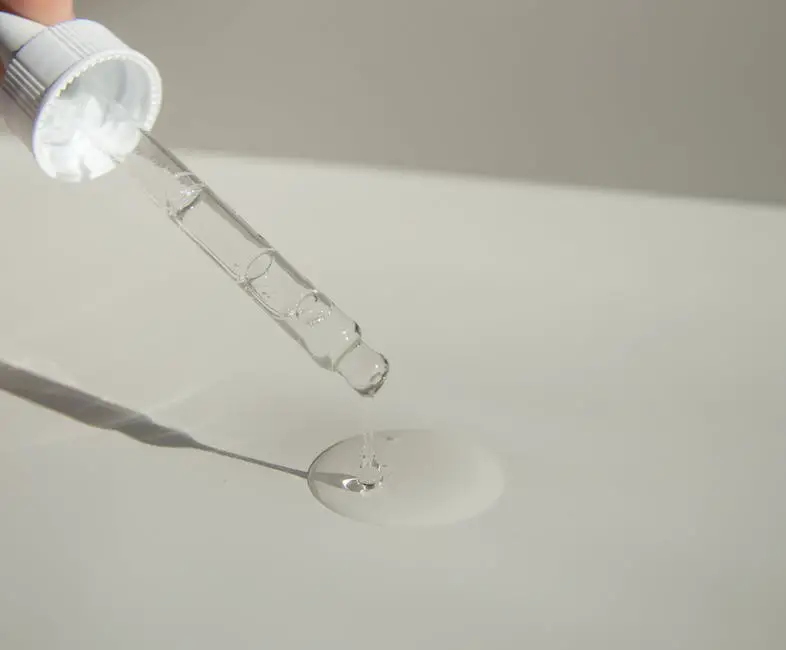
The Crucial Function of Excipients in Mediating Drug Absorption
Surprisingly, the performance and absorption of a medication can be tweaked by the use of pharmaceutical excipients. These excipients don an array of functional hats, serving as binders, fillers, lubricants, and tablet coatings, to name a few. However, their role in adapting drug absorption is of supreme importance. It is through various mechanisms that excipients have control over the time and location of active pharmaceutical ingredients (APIs) release in the body. They can dissolve quickly under specific pH levels, enabling the selective delivery of medication in certain regions of the gastrointestinal tract, thus optimizing absorption. For certain drug compounds, excipients can also increase solubility, which is vital when the drug is to be ingested orally, requiring dissolution in gastrointestinal fluids for absorption.
Excipients and Drug Stability
Pharmaceutical excipients play a pivotal role in maintaining drug stability. The active drug substance needs to stay potent and safe until it reaches the patient, and excipients are often critical in achieving this goal. Some excipients act as antioxidants or preservatives, protecting the APIs from degradation via chemical reactions with the environment. Other excipients help maintain the physical stability of the pharmaceutical form, preventing, for example, aggregation or separation of ingredients in suspensions or the deformation of tablets.
Excipients Controlling Drug Release
Controlling the release of the drug into the patient’s system is another critical role of excipients. Various excipients can be employed to modify the release of medicines. For instance, in controlled-release formulations, excipients, like polymers, can form a matrix or coating that controls the diffusion of the drug out of the tablet, thereby extending the duration of drug action. In enteric-coated tablets, excipients form a protective layer that shields the drug from stomach acids, ensuring it only releases in the upper intestine where it can be absorbed.
Excipients Enhancing or Restricting Drug Absorption
Furthermore, the right choice of excipients may profoundly impact the bioavailability of certain drugs, either enhancing or restricting absorption. Excipients can increase permeation of poorly absorbable drugs across biological barriers by modifying the barrier properties or the drug solubility. A typical example is to co-formulate absorption enhancers with peptide drugs in oral formulations to increase their often poor oral bioavailability. On the other hand, some excipients can limit the absorption of certain drugs by binding with them in the GIT and reducing their absorption into the systemic circulation, thus controlling drug overdose and toxicity.
Excipients and Patient Acceptability
Beyond the biophysical properties of the drugs, excipients can play an additional role in enhancing the palatability of medication and ultimately contributing to patient acceptability and compliance, which is particularly important for paediatric and geriatric patients. They can improve the taste, aroma, or color of a drug making it more appealing to patients. Without them, many medications might have an unpleasant taste or smell, discouraging consistent use.
Among the integral parts of drug formulation, excipients play crucial roles despite being classified as ‘inactive’ or ‘non-active’ components. These substances function in enhancing the stability and effectiveness of drugs, controlling their release, and managing their absorption levels. The impact of excipients extends to the patient acceptability and overall potency of the medication, making their inclusion in drug manufacturing an essential aspect.
Safety and Regulation of Pharmaceutical Excipients
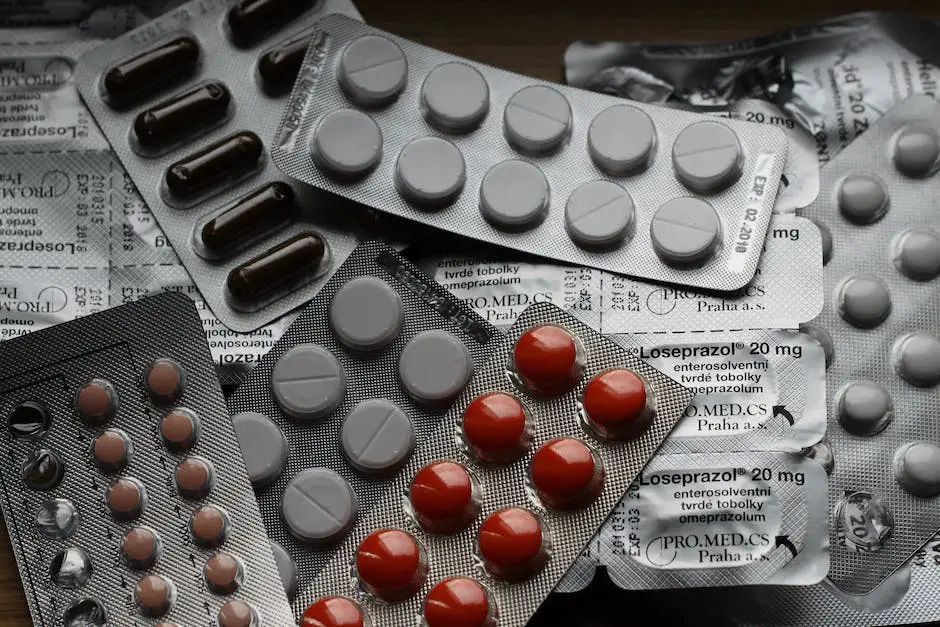
Regulation and Safety of Pharmaceutical Excipients
In detail, pharmaceutical excipients are non-active substances which are incorporated into medications to serve various roles, one of them being bulking up solid drug formulations to ensure the efficacy of the medicine. The indispensability of excipients in drug composition mandates stringent adherence to safety standards and regulations prior to receiving approval for use.
Safety Testing of Pharmaceutical Excipients
Before an excipient can be used in a drug product, it must undergo rigorous safety testing to prove it poses no significant risk to patients. These safety assessments include in vitro and in vivo testing, with many experiments focusing on toxicity. Each excipient is subjected to evaluations for genotoxicity, systemic toxicity, and potential for irritation or sensitization. In addition, the effect on reproductive systems and potential carcinogenicity are also tested.
Regulatory Approval of Pharmaceuticals Excipients
Just like active pharmaceutical ingredients (APIs), excipients also require regulatory approval before they can be used in medicinal products. The US Food and Drug Administration (FDA) and the European Medicines Agency (EMA) are among the key global regulatory bodies which dictate the approval processes required for new pharmaceutical excipients. Their stringent standards help to ensure only safe and effective excipients make it to the market.
Potential Side Effects of Pharmaceutical Excipients
Despite rigorous safety and efficacy testing, pharmaceutical excipients may cause side effects in some patients. These can range from mild reactions like skin rashes or upset stomachs to more serious reactions like difficulty breathing or anaphylaxis. To protect patients, pharmaceutical companies must outline potential side effects on a drug’s packaging.
The Importance of Transparency in Pharmaceutical Excipients
Transparency in declaring the excipients used in medications is crucial for patient safety. Some patients may develop allergies or intolerances to certain excipients, making it important for them to be aware of all the ingredients in their medications. To this end, FDA requires manufacturers to list all the excipients used in their product on the drug’s label to help healthcare providers make informed decisions when prescribing drugs.
Continuous Monitoring of Pharmaceutical Excipients
Once a pharmaceutical excipient has gained regulatory approval and is in use, continual assessment is still required. The safety of excipients is continuously monitored through post-marketing surveillance, which allows regulatory agencies to immediately detect any unexpected adverse reactions and take appropriate action. This ongoing safety assessment ensures that every excipient remains safe for its approved use over the years.
Unveiling the Paramount Importance of Pharmaceutical Excipients in Drug Effectiveness
The critical impact of pharmaceutical excipients on drug efficacy is frequently underappreciated. As integral components of medications, these substances not only affect drug bioavailability but also manage the delivery of active pharmaceutical ingredients. Furthermore, they contribute to the stability and safety of drugs. Therefore, rigorous safety testing and strict regulation of these excipients are indispensable for guaranteeing the safety and potency of pharmaceutical formulations.
Innovations and Future Trends in Excipient Use
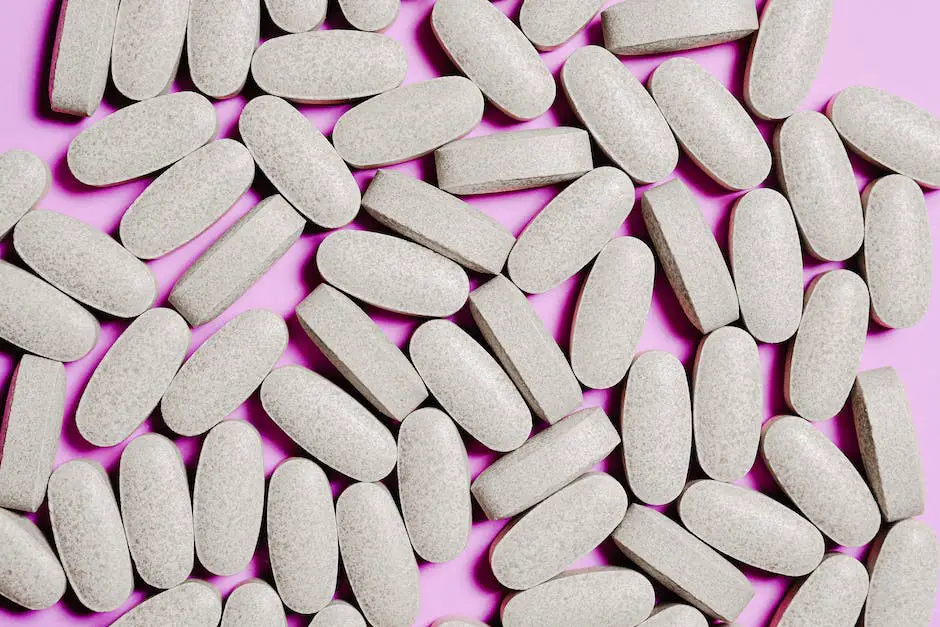
Emerging Innovations and Promising Future Directions in Pharmaceutical Excipients
The pharmaceutical landscape is experiencing significant transformation, with one of the foci being the role of inactive components — the once considered inert excipients. These substances are now tailor-made to augment the drug effectiveness. The innovative creation of custom excipients is an evolving field, which is gaining momentum from an increased understanding of excipient function and cutting-edge technological advances that allow precise design and production.
Among these breakthroughs, NanoTech deserves a special mention. The rise of nano-sized excipients, due to their unique interaction potentials, promise to enhance drug potency. Using nanotechnologies, scientists in pharmaceutical research can more accurately tweak and control the properties of excipients, providing superior drug delivery solutions.
Apart from the nanotechnological breakthroughs, a shifting focus towards the usage of natural or bio excipients, derived from entities like plants, animals and marine-biome holds immense promise. These eco-friendly excipients offer increased drug-bioavailability, biocompatibility, and potentially reduced manufacturing costs, thus contributing to improved medication efficiency.
Personalized Medicine and Excipients
Tailoring excipients for personalized medicine represents a future trend in excipient use. Personalized medicine requires precision, not only in the active drug substance, but also in the nature and composition of excipients to ensure optimal efficacy, tolerability, and patient adherence. A patient’s response towards the drug could be largely influenced by physicochemical properties of excipients, thus demanding their customization for individual patients based on genetics, age, and disease state.
3D Printing and Excipients
3D printing technology has been a game changer for excipients’ use in pharmaceuticals. With this technology, medication doses can be personalized and varied in terms of shape, size, and composition. Excipients play a key role in this process as their characteristics influence the final product’s attributes such as release kinetics, mechanical properties, and handling. Precise control over the spatial deposition of a drug and excipients can maximize efficacy while minimizing side effects, providing a significant step forward for individual patient care.
Future Outlook: Excipients and Regulatory Challenges
While these advancements offer immense potential, they are not without hurdles. Regulatory challenges are omnipresent in this field. Most excipients used today were accepted by regulatory bodies years ago, so using new, engineered, or nano excipients may require going through complex regulatory pathways.
However, the potential benefits of innovative excipients in improving drug efficacy, tolerability, and patient compliance underscore the need for continued research and regulatory evolution in this field. The future of excipients looks promising as these advances may revolutionize the way medications are delivered, offering new therapeutic options for patients worldwide.
The fascinating world of pharmaceutical excipients is constantly advancing with the development of novel types and forward-thinking approaches to medical treatment. While these components might seem unassuming alongside the star players of active ingredients, they bring remarkable value to the table. Excipients’ ability to influence drug absorption, effectiveness, stability, and even patient compliance showcases their irreplaceable role in modern medicine. With an ongoing evolution in the world of pharmaceuticals, these vital components promise to remain at the forefront, shaping the trajectory of personalized medicine and empowering stronger, more targeted treatments in the future.
Join WhatsApp channel: Stay updated on pharmaceutical job opportunities, walk-in interviews, industry news, events, and pharma guidelines by joining our WhatsApp channel today.